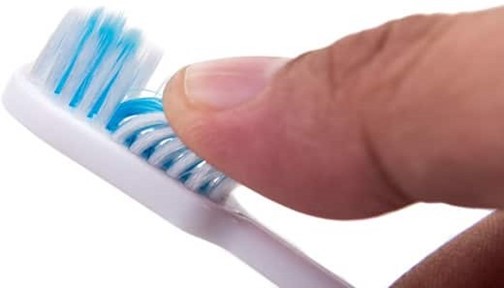A nurse is assisting with the care of a client who has a prescription for 3,000 mL of intravenous fluids over the next 24 hours.
The nurse should set the volumetric pump to deliver how many milliliters per hour?
125 mL/hr.
130 mL/hr.
135 mL/hr.
140 mL/hr.
The Correct Answer is A
To calculate the rate at which the volumetric pump should be set to deliver the intravenous fluids, you need to divide the total volume of fluid (3,000 mL) by the total time in hours (24 hours).
This gives you 3,000 mL ÷ 24 hours = 125 mL/hr.
Therefore, the nurse should set the volumetric pump to deliver 125 mL of fluid per hour.

Choice B is incorrect because 130 mL/hr would result in a total of 3,120 mL over 24 hours.
Choice C is incorrect because 135 mL/hr would result in a total of 3,240 mL over 24 hours.
Choice D is incorrect because 140 mL/hr would result in a total of 3,360 mL over 24 hours.
Nursing Test Bank
Naxlex Comprehensive Predictor Exams
Related Questions
Correct Answer is B
Explanation
The nurse should administer 2 tablets of lorazepam 1 mg to give a total dose of 2 mg.
This is calculated by dividing the desired dose (2 mg) by the available dose (1 mg/tablet) to get the number of tablets needed: 2 mg / (1 mg/tablet) = 2 tablets.
Choice A, 1 tablet, is not the correct answer because it would only provide a total dose of 1 mg.
Choice C, 3 tablets, is not the correct answer because it would provide a total dose of 3 mg.
Choice D, 4 tablets, is not the correct answer because it would provide a total dose of 4 mg.
Correct Answer is A
Explanation
The nurse should include in the teaching that the client should use a soft-bristled toothbrush.
Heparin is an anticoagulant that decreases the clotting ability of the blood 1.
Using a soft-bristled toothbrush can help prevent bleeding of the gums while brushing teeth.

Choice B is incorrect because heparin should not be injected deep into the thigh muscle.
Instead, it should be given subcutaneously (under the skin) 2.
Choice C is incorrect because black and tarry stools are not an expected side effect of heparin.
Choice D is incorrect because easy bruising does not indicate that the medication is effective.
Instead, easy bruising may be a side effect of heparin and should be reported to the healthcare provider 1.
Whether you are a student looking to ace your exams or a practicing nurse seeking to enhance your expertise , our nursing education contents will empower you with the confidence and competence to make a difference in the lives of patients and become a respected leader in the healthcare field.
Visit Naxlex, invest in your future and unlock endless possibilities with our unparalleled nursing education contents today
Report Wrong Answer on the Current Question
Do you disagree with the answer? If yes, what is your expected answer? Explain.
Kindly be descriptive with the issue you are facing.
